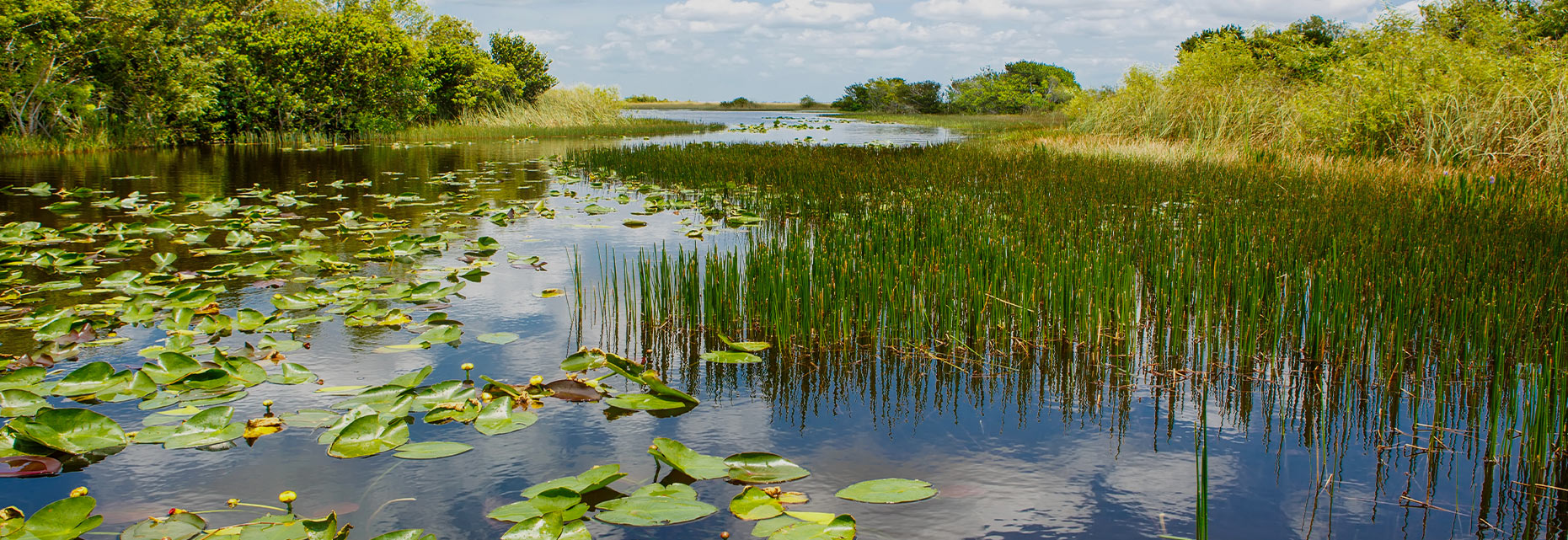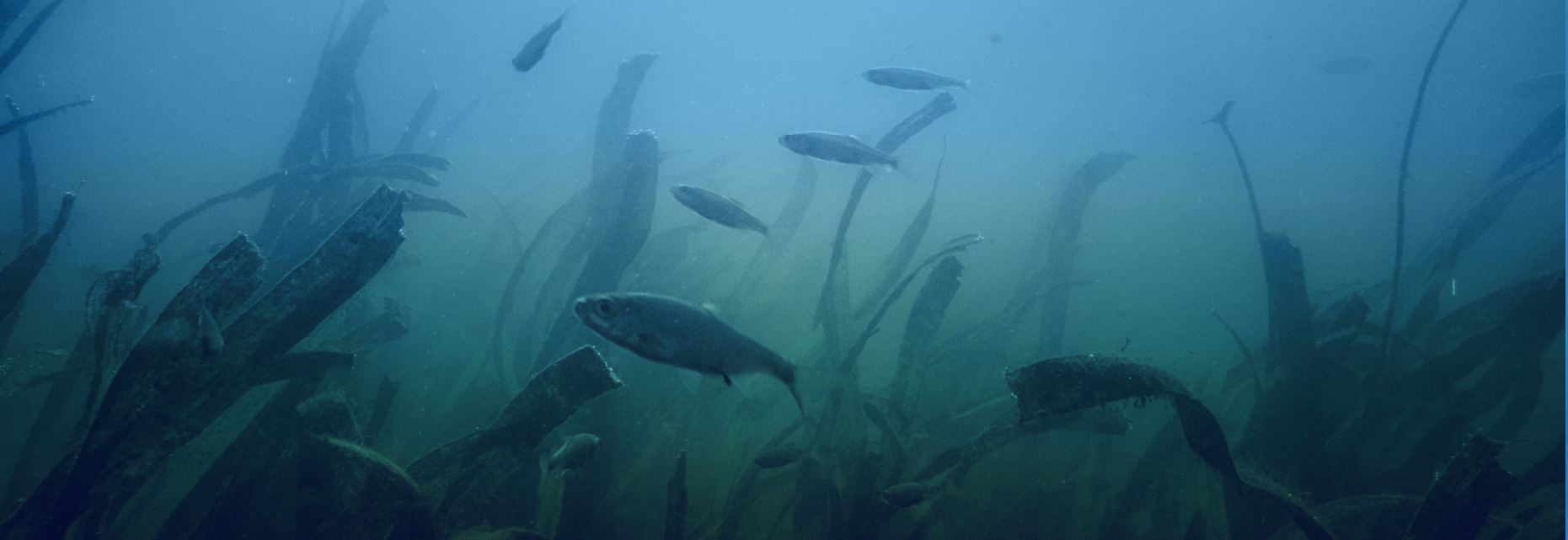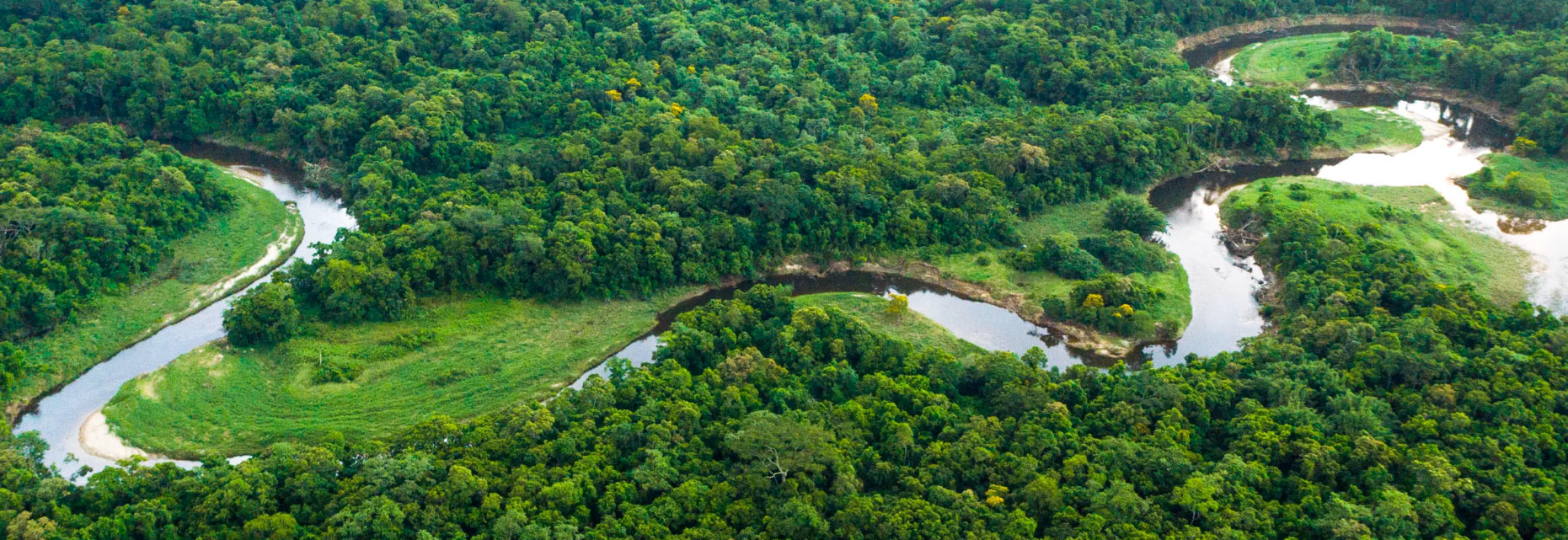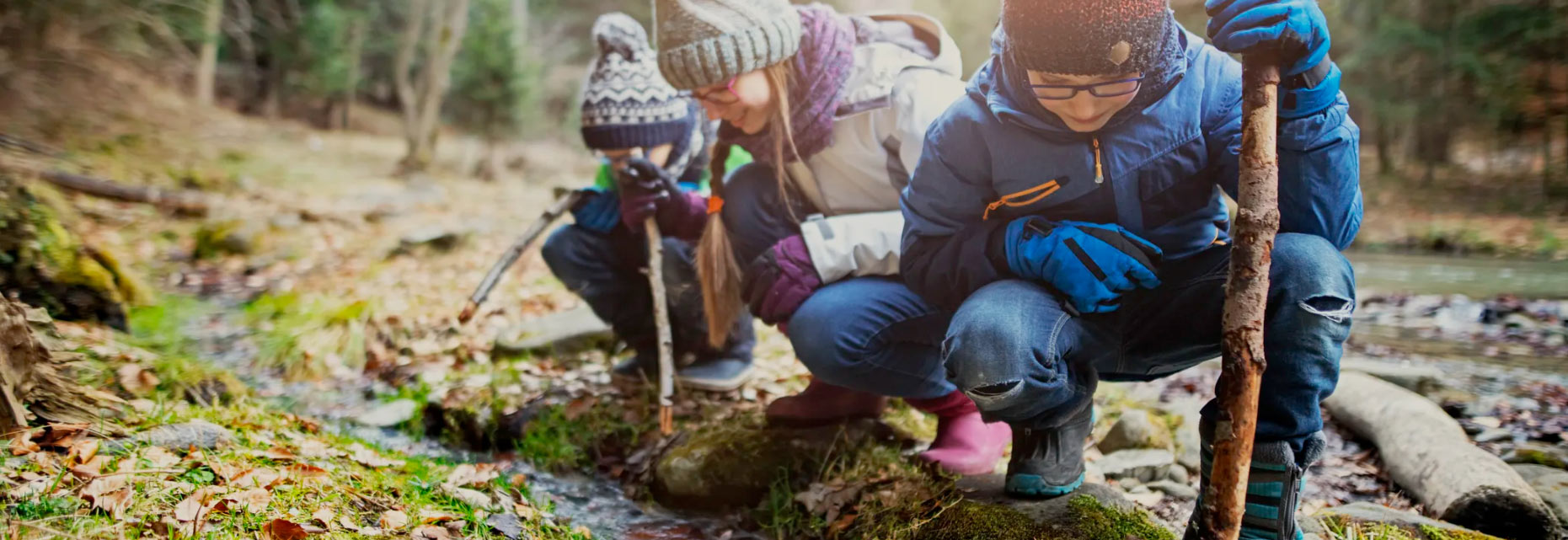2023 VIRTUAL FESTIVAL
Hydrology

HYDROLOGY: 001
Wastewater Treatment for Kids
The water we use comes from nature and must be cleaned up to be returned to nature so it can be used again. This is an important part of our water cycle. Tour the wastewater treatment process at the Metropolitan Wastewater Treatment Plant in Saint Paul.
Wastewater Treatment for Kids (9:57)
Get the Wastewater Treatment Activity Book:
(8-page PDF)Get the Water Cycle Workbooks:
(25-page PDF) (21-page PDF)Produced by the Metropolitan Council Environmental Services.
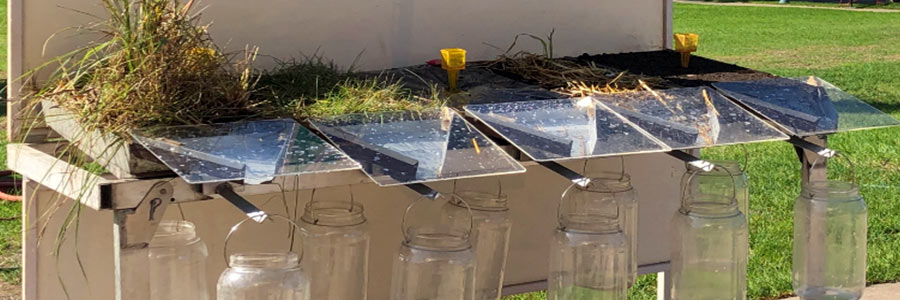
HYDROLOGY: 002
Rainfall Simulator
Land/ground cover and soil have a significant effect on rainwater runoff – how much, if any, soil erosion, and how much rainwater infiltrates (soaks) into groundwater. Sediment is the number one source of water quality contamination. Using a rainfall simulator to mimic a rainfall, you will see how changes in land/ground cover effect soil erosion, sediment in stormwater runoff, and groundwater recharge. Teachers can use a rainfall calculator, determine how much water is wasted from a dripping a faucet, and more in the Water Science Activity Center.
Watch the Rainfall Simulator (26:33)
Rainfall Calculator
Produced by USDA-Natural Resources Conservation Service.

HYDROLOGY: 003
Make it Rain:
Soil Cover and Erosion
Examine the impact of water on three different landscapes. Can one protect our soil and water more than another? What are farmers doing to protect our soils and water? What can you do? Lesson plan includes a link to a demonstration video (7:35) and teacher resources.
Erosion and Soil Video
Produced by the Minnesota Department of Agriculture.

HYDROLOGY: 004
Watershed Exploration
Why is water so important? How does water move through the land? How does water impact the land, and vice versa? Using thought questions and physical models, we will begin with the big picture – the water cycle and watersheds – and then focus on rivers and streams, considering how water movement changes the land and impacts people as it flows. Includes a brief discussion how man-made pollution fits into the landscape-level picture of a watershed. Implementation plan and worksheet accompany the video.
Watershed Exploration Video (15:59)
Watershed Exploration Plan
Watershed Exploration Worksheet
Produced by Cedar Creek Ecosystem Science Reserve, University of Minnesota.
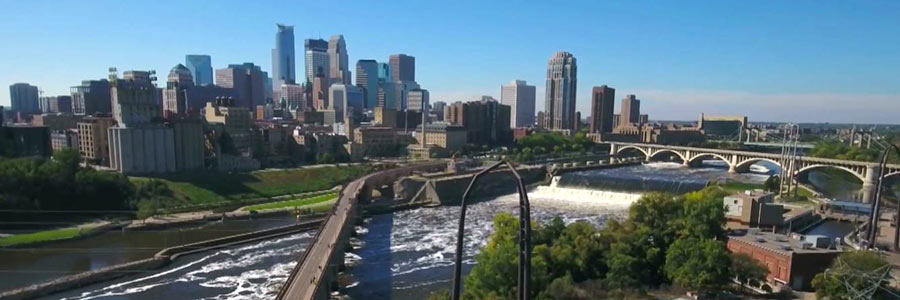
HYDROLOGY: 005
Big River Journey Online:
Mystery of the Disappearing Waterfall
Lead students through a virtual field trip on the Mississippi River one station at a time, including the Mystery of the Disappearing Waterfall!
Go to Big River Journey Online then click on the barge with your station of choice and see where your adventure will take you. To solve the Mystery of the Disappearing Waterfall, click the “Disappearing Waterfall” barge and watch three short videos. The National Park Service and the Hamline Center for Global Environmental Education created the Big River Journey Online.
Start your Big River Journey Today
Request an Online Classroom Visit
Teachers can request a online classroom visit from a ranger and can choose from a variety of topics relating to the science and history of the Mississippi River’s National Park.
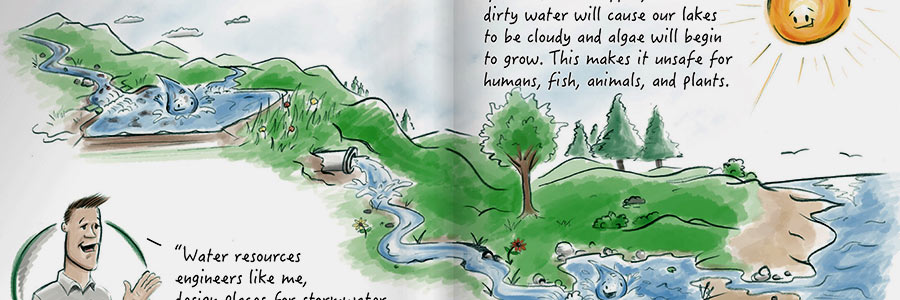
HYDROLOGY: 006
Water Connects Everyone and Everything on Earth
What is a watershed? What is in stormwater and where does it go? See a stormwater runoff demonstration using the Enviroscape model. See how your everyday actions at home, work or school can protect or harm water quality.
Stormwater Runoff Demonstration (24:12)
Read Walter the Raindrop – a water cycle story.
Produced by Tim Olson, PE, Water Resources Engineer, Bolton & Menk, Inc.

HYDROLOGY: 007
A Model Stream
Learn how streams determine their path. See how changes in stream water flow and stream bank condition can quickly alter how a stream behaves. Learn where bugs and fish like to hang out in streams and how pollution can affect them. Watch the video demonstrating these things at actual streams and the stream table.
(17:45)Produced by Minnesota Pollution Control Agency.
Looking for More?
Browse additional festival topics and learning opportunities.

